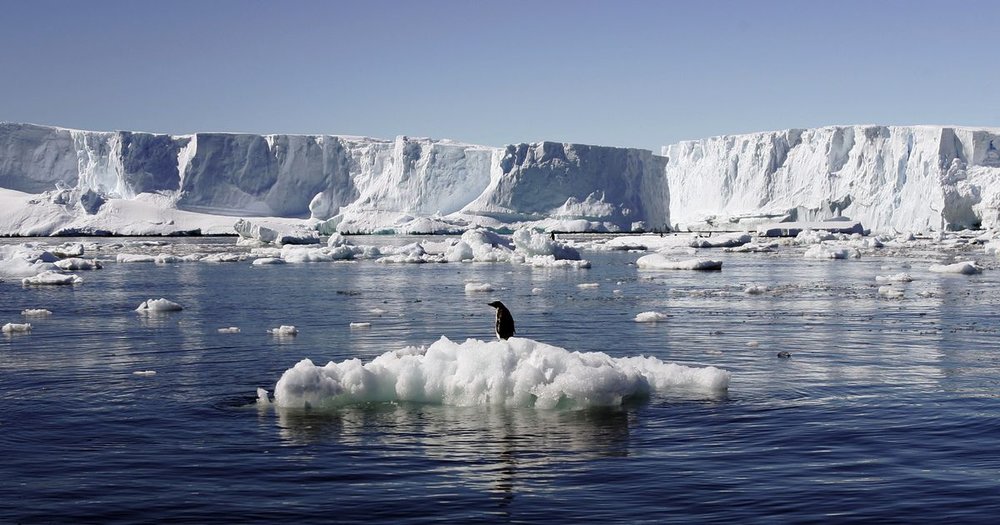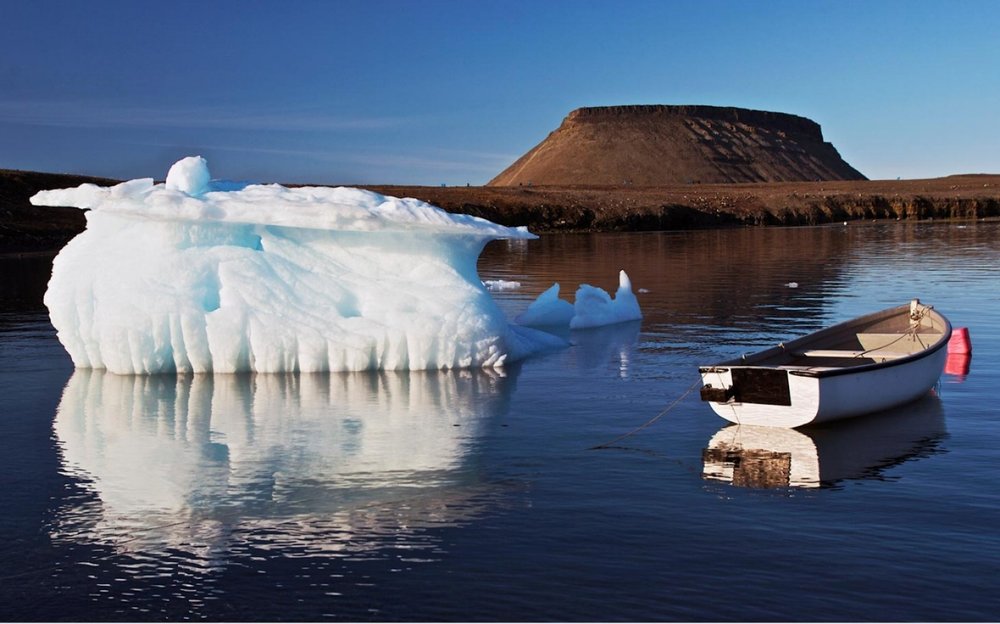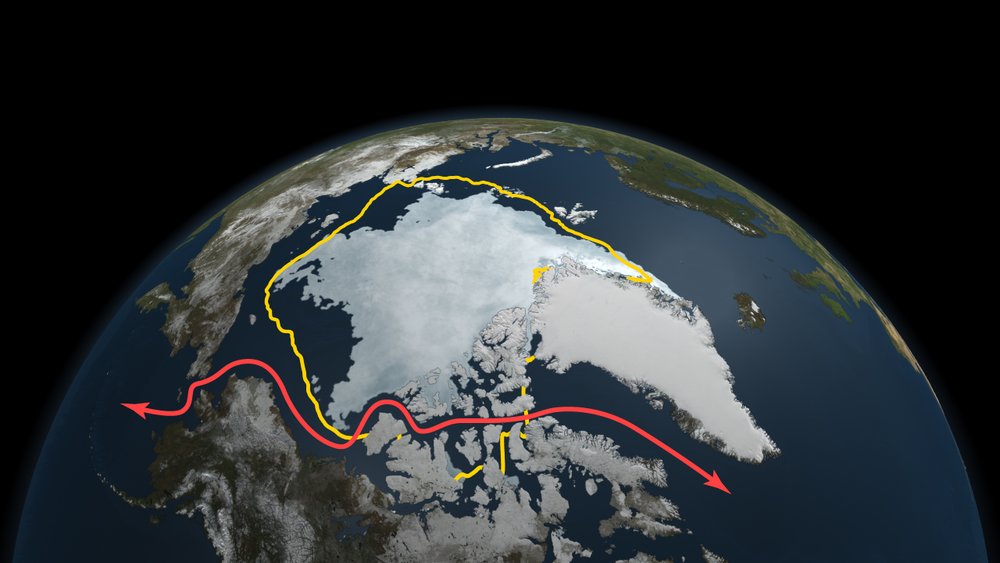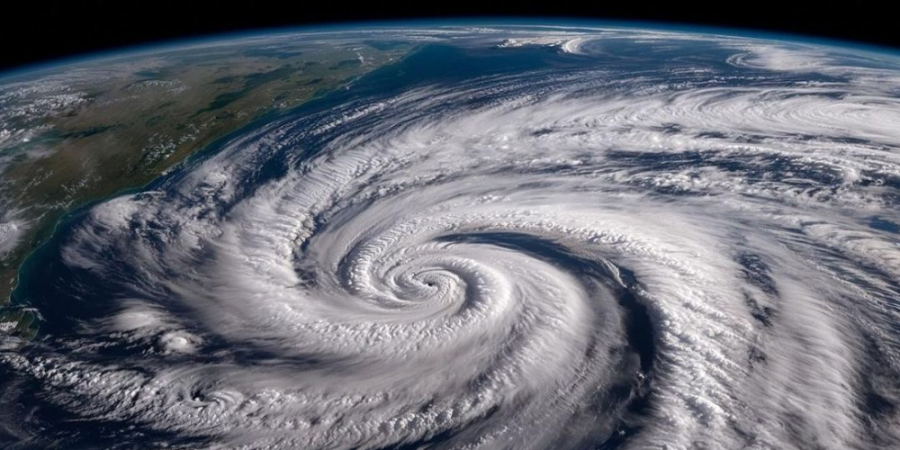The ice caps and glaciers around the world are melting at an alarming rate, making scientists extremely worried about global warming and its disastrous consequences on low-lying countries and various ecosystems.
Climate change experts kicked off 2018 with the devastating news that global ice volume hit a record low this January, and if something isn’t done to prevent the global crisis, many countries will end up in the sea in a matter of few years.
Ice Levels Have Reached Record Low

Many experts believe that the actions taken to prevent climatic change have been completely ineffective
Scientists have been keeping a wary eye on the effects of global warming in the polar regions and a recent report by US National Snow and Ice Data Center (NSIDC) warned that sea ice around the world is shrinking at an alarming rate with January 2018 marking a new record high in polar melting.
According to the data, the Arctic ice, which spans over 5.04 million, had shrunk by 525,000 sq. miles last year making the global ice levels reach a record low in the first month of 2018.
The report was released shortly after a shocking research from University of Colorado which concluded that sea levels are continuously rising every year at an increasing rate due to the melting ice caps in the polar regions. NSIDC, a trusted organization that reports on snow levels, ice sheets and glaciers in the earth’s coldest regions, said that both the beginning and the end of January marked new record lows in Arctic ice.
The report further explained that the shrinkage wasn’t limited to the Arctic sea, but ice in other parts of the world was also melting quickly, contributing to the growing sea levels. A statement made by the organization on the official website stated that the recent data showed that not only are the efforts made to prevent climate change ineffective, but global warming is accelerating at a frightening pace, leading the world towards catastrophic consequences.
Arctic Sea Losing Ice All Year Long

In order to cancel out the temporary effects of weather, researchers use monthly averages for global ice levels and create comparisons between these averages over consecutive years to determine how the ice-melting rate varies from year to year. Mark Serreze, the chief of NSIDC, expressed his concerns over the recent figures saying that global ice is now melting all year long, which is a new and highly dangerous phenomenon. Previously, melting in the arctic region was offset by prolonged ice formation periods where some of the water in the sea solidified again, keeping the total ice shrinkage under a certain limit.
Serreze says that the Earth is ‘losing sea ice in all seasons’. Ice formation periods in the polar regions are almost non-existent now, and even when they do occur during the beginning of the year, they last for no more than a few weeks. Zack Labe, a climate scientist from Cornell University, says that the data from NSIDC is consistent with the overall trend which means that the ice melting each year could potentially break previous records until something is done to prevent it.
Implications of Melting Ice in Polar Regions

In comparison to 1985 where ice covers consisted of 45% of thick ice, the sea covers now are relatively fragile with only 21% of the ice remaining in 2018
Prior to this year, the average decline rate for the month of January over the last decade had been 18,400 sq. miles which totaled to 3.3% ice shrinkage in 10 years, the NSIDC report explained. Researchers are extremely worried about the conditions in the Antarctic, where not only is the ice melting away at record-breaking rates, but the air temperatures were also increasing at twice the rate than previously observed.
The US agency of National Oceanic and Atmospheric Administration said that there is no hope of the Artic region returning to its previous frozen state with the increasing temperatures and in the next few decades, there could potentially be no ice left in polar regions. The damage is irreversible.
The ice cover in the arctic ocean has also thinned considerably over the past few years. The published figures are of immense importance since they trigger a dangerous chain reaction leading to rising sea levels which causes destruction of wildlife habitats, extinction of species and mass migration of people from low-lying countries.










